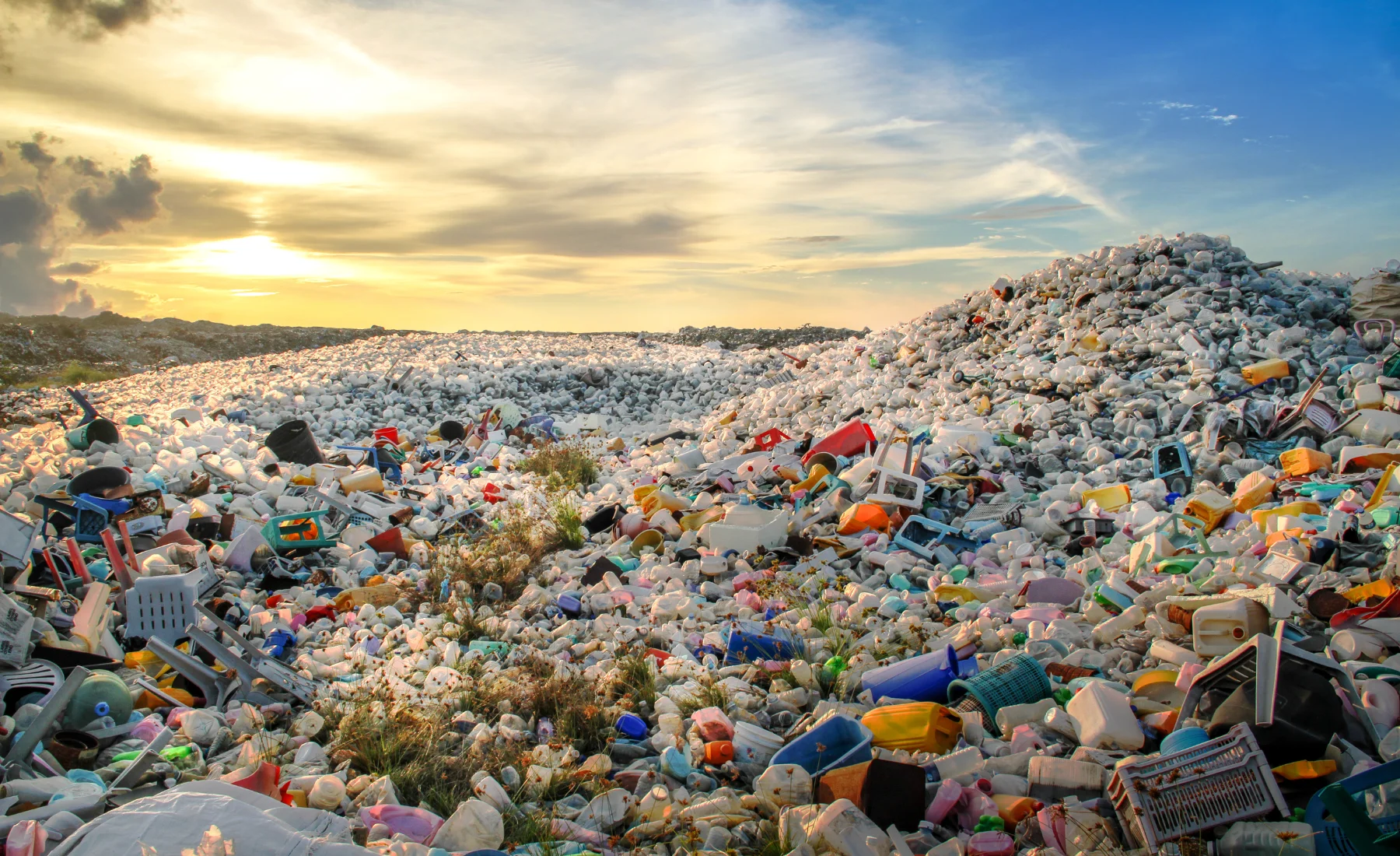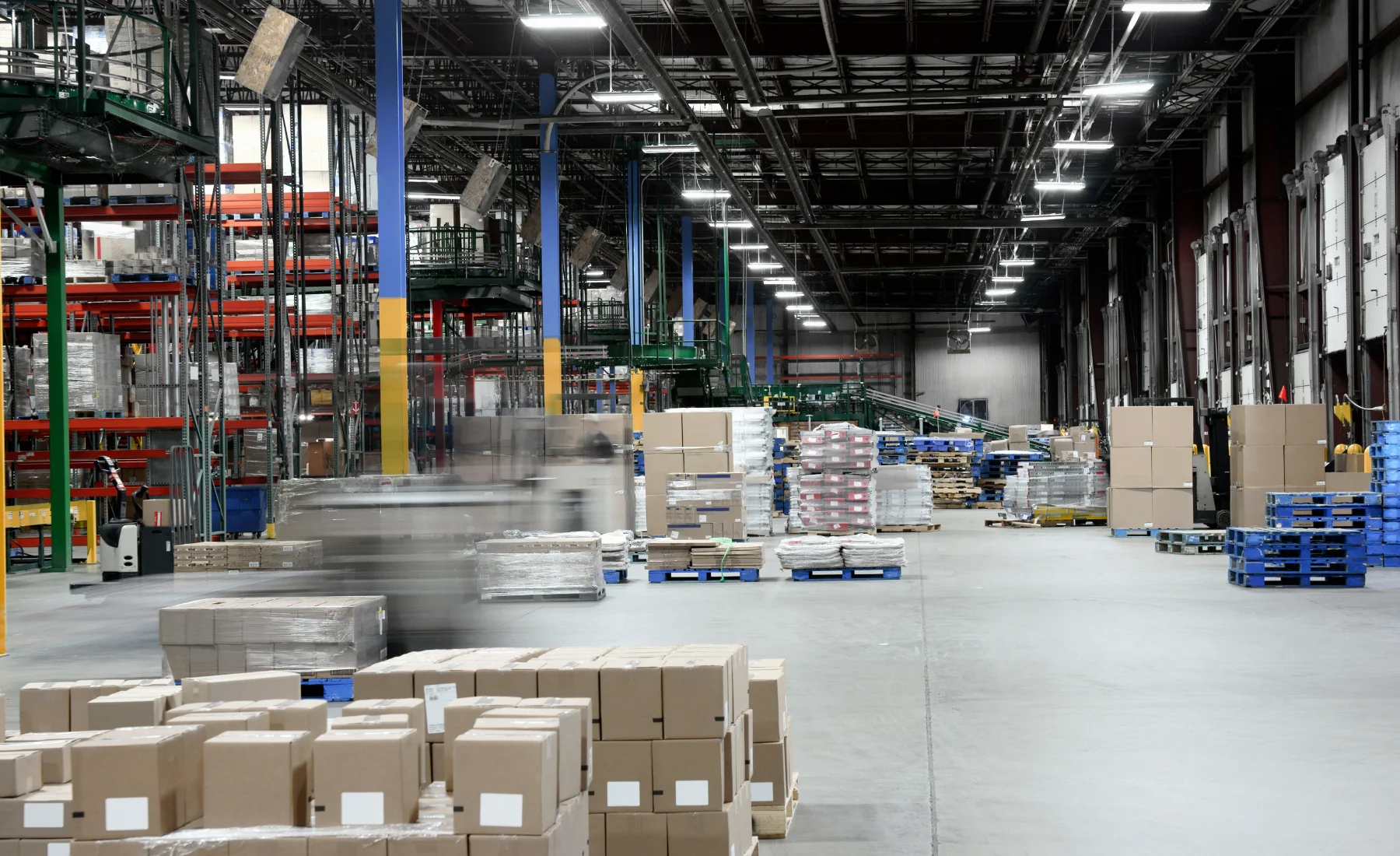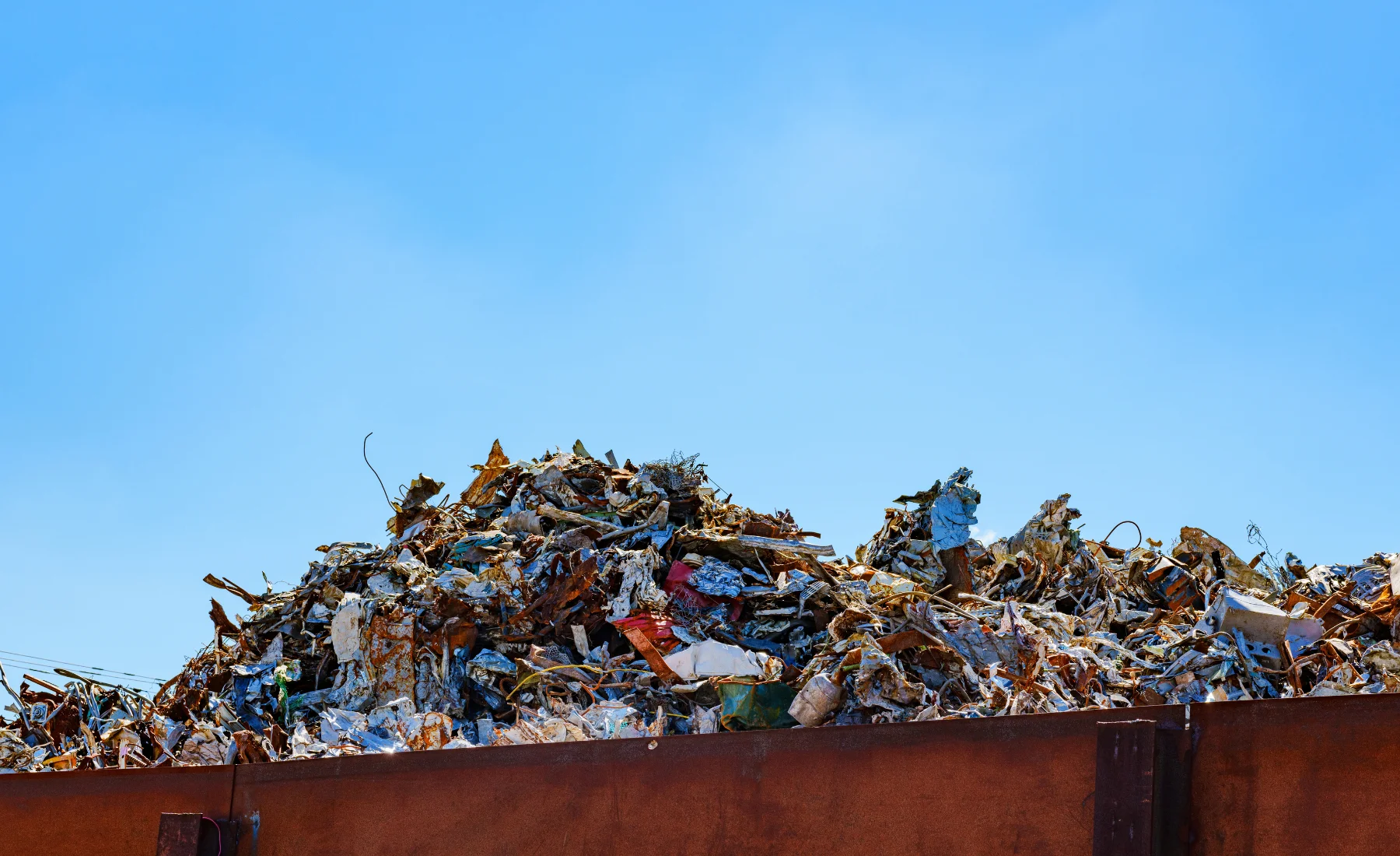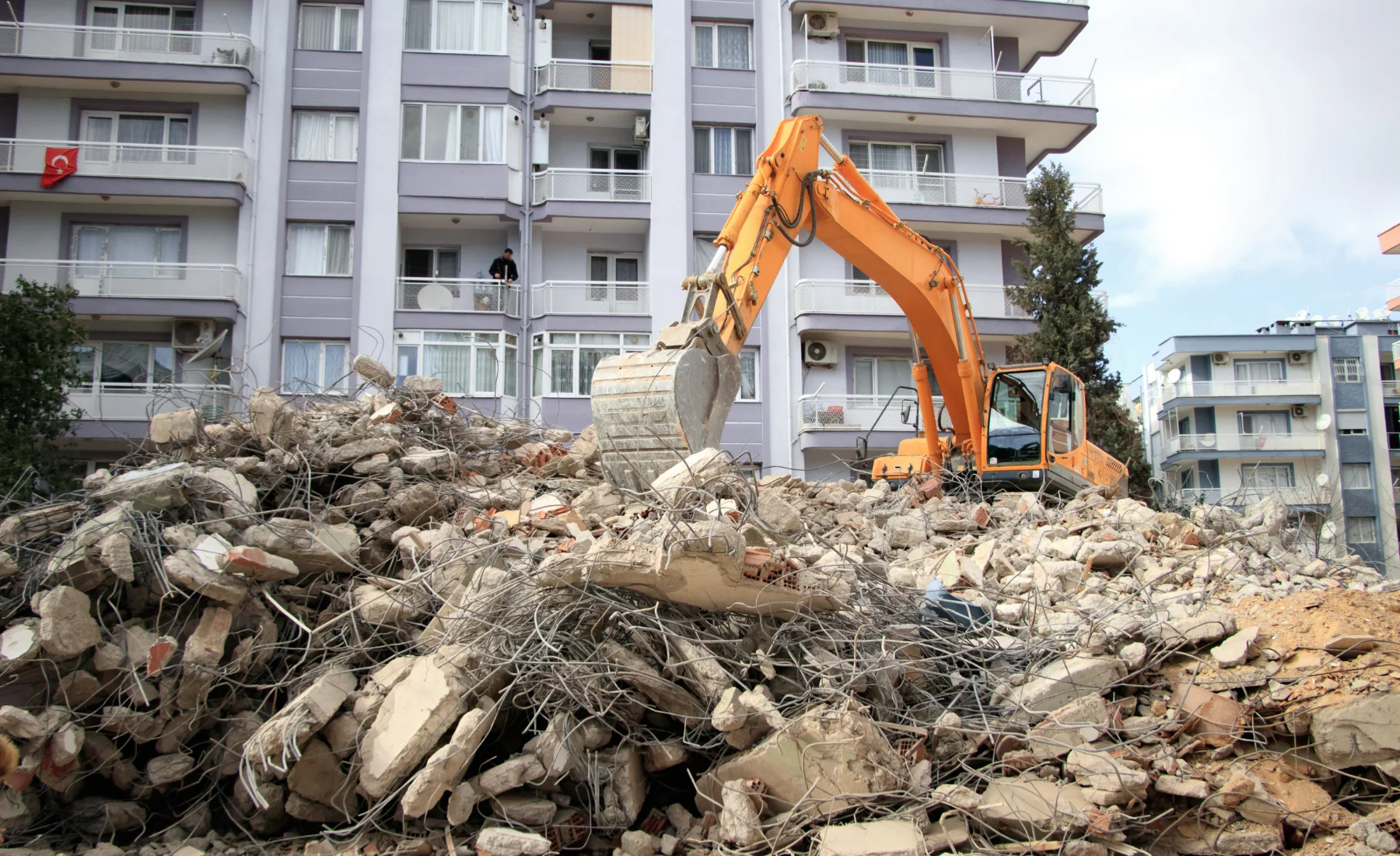In traditional business thinking, waste management has long been viewed as an unavoidable cost center—a necessary expense that drains resources without contributing to the bottom line. However, forward-thinking Quebec businesses are discovering that with strategic approaches like mobile waste compaction, waste management can be transformed from a financial burden into a value-generating aspect of operations.
This paradigm shift represents more than simple cost reduction; it involves reimagining waste management as an integrated business function that contributes positively to financial performance, operational efficiency, and competitive advantage. This article explores how mobile waste compaction serves as a cornerstone technology in this transformation, enabling businesses to extract previously untapped value from their waste streams.
The Traditional Cost Center Paradigm
Why Waste Management Has Been Viewed as Pure Expense
Historically, waste management has been treated as a pure expense for several compelling reasons:
1. Direct Costs Are Highly Visible
The monthly invoices for container rentals, hauling services, and disposal fees create a clear expense line that appears to offer no direct return on investment.
2. Disconnection from Revenue Generation
Unlike sales, marketing, or production activities, waste management has traditionally had no obvious connection to revenue-generating operations.
3. Reactive Management Approach
Many businesses manage waste reactively—addressing it only when containers are full or problems arise—rather than proactively as a strategic business function.
4. Limited Metrics and Visibility
Without sophisticated tracking and analysis, the true costs and potential value of waste management remain hidden.
According to research from Environment and Climate Change Canada, businesses typically underestimate their total waste management costs by 40-60% when considering only direct expenses, missing significant hidden costs and value opportunities [1].
The Hidden Costs of Traditional Waste Management
The cost center paradigm is reinforced by substantial hidden expenses that often go untracked:
Space Utilization Inefficiency
Valuable operational space dedicated to waste storage represents a significant opportunity cost. Research from the University of Toronto's Facilities Management Research Group indicates that waste storage typically consumes 5-12% of operational space in commercial and industrial facilities [2].
Administrative Burden
A study published in the Journal of Environmental Management found that administrative costs related to waste management can account for 12-18% of total waste management expenses but are frequently overlooked in financial analyses [3].
Operational Disruption
Frequent waste hauling creates site disruption including truck traffic, noise, and potential safety hazards. These disruptions impact productivity and can interfere with core business operations.
Environmental Compliance Risks
Quebec's increasingly stringent environmental regulations create potential liability for improper waste handling. Environment and Climate Change Canada reports that non-compliance with waste regulations resulted in over $2.5 million in penalties across Canada in the previous fiscal year [4].
The Profit Center Transformation Framework
Key Principles of Waste as a Profit Center
Transforming waste management from cost center to profit center requires a fundamental shift in approach based on four key principles:
1. Strategic Integration
Waste management must be integrated with core business strategy rather than treated as an isolated function.
2. Value Extraction
Every aspect of waste management should be evaluated for potential value creation opportunities.
3. Measurement and Optimization
Sophisticated metrics must be implemented to track performance and drive continuous improvement.
4. Technology Leverage
Advanced technologies like mobile compaction serve as enablers for the transformation.
Mobile Compaction as a Transformation Catalyst
Mobile waste compaction serves as a catalyst for this transformation by addressing both direct costs and creating new value streams:
Direct Cost Reduction
By reducing waste volume by 60-75%, mobile compaction dramatically decreases hauling frequency and associated costs. Research from the Environmental Research and Education Foundation confirms that compaction can reduce waste volume by 60-80% for most commercial waste streams, directly translating to proportional reductions in hauling frequency [5].
Space Reclamation
Compacted waste requires significantly less storage space, allowing businesses to reclaim valuable operational area for revenue-generating activities.
Operational Efficiency
With fewer waste hauling events and more efficient waste handling, operational disruptions are minimized, enhancing overall productivity.
Data Generation
Professional compaction services typically provide detailed waste data that can inform broader business optimization efforts.
Five Value Generation Strategies
1. Space Monetization
The space reclaimed through efficient waste compaction represents a significant value opportunity that can be monetized in several ways:
Revenue Space Expansion
Retail businesses can convert reclaimed space into additional merchandising area. Research from the International Council of Shopping Centers indicates that each square meter of retail merchandising space generates an average of $4,800-$7,200 in annual revenue [6].
Operational Optimization
Manufacturing and distribution facilities can use reclaimed space to optimize workflows, reducing travel distances and improving throughput. A study published in the Journal of Operations Management found that optimized space utilization in manufacturing environments can improve productivity by 8-15% [7].
Rental Value Capture
For businesses that rent their facilities, reduced space requirements can translate to lower rental costs or subletting opportunities.
Case Study: Montreal Retail Chain
A retail chain with 8 locations in Montreal implemented mobile compaction and reclaimed an average of 25 square meters per store. By converting this space to merchandising area, they generated approximately $150,000 in additional annual revenue per location.
2. Operational Value Creation
Beyond space reclamation, mobile compaction creates operational value through several mechanisms:
Workflow Optimization
With less frequent waste hauling, operational disruptions are minimized, allowing for more consistent workflows and productivity.
Labor Reallocation
Staff previously dedicated to waste management tasks can be reallocated to value-generating activities. The National Research Council Canada found that optimized waste management systems can reduce labor requirements by 30-50% compared to traditional approaches [8].
Equipment Utilization
In industries like construction, equipment previously used for waste handling can be redirected to productive tasks, improving overall equipment utilization rates.
Case Study: Quebec Construction Company
A mid-sized construction company implemented mobile compaction across multiple job sites and tracked the operational impact. They documented a 3.5% improvement in overall project efficiency due to reduced disruptions and better space utilization, translating to approximately $280,000 in annual value across their project portfolio.
3. Data-Driven Business Intelligence
The data generated through professional waste management services provides valuable business intelligence that can drive broader operational improvements:
Waste Generation Patterns
Analyzing waste generation patterns can reveal inefficiencies in production processes, inventory management, or customer behavior.
Seasonal Variations
Understanding seasonal waste variations helps businesses optimize staffing, inventory, and operational planning.
Department-Level Insights
Tracking waste generation by department or process area identifies specific improvement opportunities.
Research from the University of Waterloo's Sustainable Waste Management Program demonstrates that waste analytics can identify operational inefficiencies that, when addressed, deliver 3-7% improvements in overall resource utilization [9].
Case Study: Manufacturing Facility
A Quebec manufacturing facility implemented detailed waste tracking alongside mobile compaction services. The resulting data revealed that one production line was generating 40% more packaging waste than others due to a material handling inefficiency. Addressing this issue saved $120,000 annually in material costs while simultaneously reducing waste management expenses.
4. Sustainability Value Capture
The environmental benefits of optimized waste management translate to tangible financial value through several channels:
Carbon Value
Under Quebec's cap-and-trade system, reduced carbon emissions from fewer waste hauling trips represent quantifiable financial value. Environment and Climate Change Canada estimates that each waste hauling trip generates approximately 0.5-1 metric ton of CO2 emissions [10].
Green Certification Value
Improved waste management contributes to certifications like LEED, which enhance property values and rental rates. According to a study by McGill University's Department of Civil Engineering, LEED-certified commercial buildings in Quebec command 7-10% higher rental rates and maintain 4-6% higher occupancy rates than non-certified properties [11].
Marketing Advantage
Documented waste reduction creates marketing advantages with environmentally conscious customers and partners.
Case Study: Hotel Chain
A Quebec hotel chain implemented mobile compaction across their properties and leveraged the resulting 65% reduction in waste hauling in their sustainability marketing. They documented a 12% increase in bookings from corporate clients with sustainability requirements, representing $350,000 in additional annual revenue.
5. Strategic Resource Recovery
With proper waste handling and compaction, businesses can extract value from waste streams that would otherwise represent pure cost:
Recyclable Material Value
Properly separated and compacted recyclable materials can generate revenue rather than expense. The Recycling Council of Ontario reports that clean, well-compacted cardboard can command 30-50% higher prices than mixed or contaminated materials [12].
Waste-to-Energy Opportunities
Certain waste streams can be directed to waste-to-energy facilities, potentially generating energy credits or reduced disposal costs.
By-Product Utilization
Some industries can repurpose certain waste streams as inputs for other processes, creating closed-loop systems that reduce costs and generate value.
Case Study: Food Processing Facility
A Quebec food processing facility implemented a comprehensive waste management system including mobile compaction. By properly separating and compacting their cardboard waste, they generated $28,000 in annual recycling revenue while simultaneously reducing hauling costs by $42,000.
Implementation Roadmap: From Cost Center to Profit Center
Phase 1: Assessment and Baseline Establishment
The transformation begins with a comprehensive assessment of current waste management practices and establishment of baseline metrics:
Waste Audit
Conduct a professional waste audit to identify waste composition, volumes, and patterns. Research from the Recycling Council of Ontario shows that professional waste audits typically identify 15-25% more cost-saving opportunities than internal assessments [13].
Total Cost Analysis
Document all direct and indirect costs associated with current waste management practices.
Value Opportunity Identification
Identify specific opportunities for value creation through improved waste management.
Metric Development
Establish key performance indicators that will track both cost reduction and value creation.
Phase 2: Strategic Implementation
With baseline data established, implement strategic changes to waste management practices:
Mobile Compaction Integration
Implement mobile compaction services with scheduling optimized for your specific waste generation patterns.
Space Reclamation Planning
Develop specific plans for utilizing reclaimed space for value-generating activities.
Process Integration
Integrate waste management into broader operational processes rather than treating it as a separate function.
Staff Training
Ensure all staff understand the new approach to waste management and their role in maximizing value.
Phase 3: Continuous Optimization
Once implemented, the system requires ongoing optimization to maximize value creation:
Regular Performance Review
Review key metrics monthly to identify trends and improvement opportunities.
Continuous Improvement Process
Implement a formal process for suggesting and implementing waste management improvements.
Technology Integration
Explore additional technologies that can enhance waste management value, such as IoT sensors for container fullness monitoring.
Value Expansion
Continuously seek new opportunities to extract value from waste streams and waste management processes.
Measuring Success: Key Performance Indicators
Financial Metrics
Track these financial indicators to measure the transformation from cost center to profit center:
Net Waste Management Cost
Net Waste Management Cost = Total Waste Management Expenses - Value Generated
A decreasing net cost indicates successful transformation, with the ultimate goal of achieving negative net cost (profit).
Waste Management ROI
Waste Management ROI = Value Generated ÷ Waste Management Investment × 100%
This metric treats waste management as an investment rather than an expense, with higher percentages indicating greater success.
Value-to-Cost Ratio
Value-to-Cost Ratio = Value Generated ÷ Total Waste Management Expenses
A ratio exceeding 1.0 indicates that waste management has become a true profit center.
Operational Metrics
These operational indicators help track the broader business impact:
Space Utilization Efficiency
Space Utilization Efficiency = Revenue or Production Output ÷ Total Operational Space
Increasing efficiency indicates successful space reclamation and utilization.
Waste-to-Revenue Ratio
Waste-to-Revenue Ratio = Total Waste Management Costs ÷ Total Revenue
A decreasing ratio indicates improved efficiency relative to business performance.
Waste Management Productivity
Waste Management Productivity = Value Generated ÷ Waste Management Labor Hours
This metric tracks how efficiently your waste management activities generate value.
Case Study: Complete Transformation
Quebec Distribution Center Transformation
A distribution center in Quebec implemented a comprehensive waste-to-profit transformation with mobile compaction as the cornerstone technology. Their results demonstrate the potential of this approach:
Before Transformation:
- Annual waste hauling costs: $68,000
- Space dedicated to waste: 120 square meters
- Staff time on waste management: 12 hours weekly
- Waste management viewed as pure expense
Transformation Strategy:
- Implemented twice-weekly mobile compaction service
- Reclaimed 70 square meters of operational space
- Reduced staff time on waste management to 4 hours weekly
- Implemented comprehensive waste tracking and analysis
- Leveraged sustainability achievements in marketing
After Transformation:
- Annual waste hauling costs: $42,000 (38% reduction)
- Reclaimed space value: $84,000 annually (used for high-value inventory)
- Staff time reallocation value: $10,400 annually
- New contracts won due to sustainability credentials: $220,000 annually
- Net value creation: $314,400 annually
The distribution center transformed waste management from a $68,000 annual expense into a net value generator of $246,400 annually ($314,400 value minus $68,000 cost), representing a complete paradigm shift in how waste management contributed to business success.
Conclusion: The Strategic Imperative
The transformation of waste management from cost center to profit center represents more than an operational improvement—it constitutes a strategic imperative for businesses seeking competitive advantage in today's challenging economic environment.
By leveraging mobile compaction as a cornerstone technology and implementing the strategies outlined in this article, Quebec businesses can unlock significant hidden value while simultaneously reducing costs and enhancing sustainability performance.
This transformation requires a fundamental shift in perspective—viewing waste not as an inevitable burden but as a potential source of value waiting to be unlocked. The businesses that successfully make this transition gain not only immediate financial benefits but also long-term strategic advantages in operational efficiency, space utilization, and sustainability performance.
As regulatory pressures increase and competition intensifies, the ability to extract maximum value from all business functions—including waste management—will increasingly separate industry leaders from laggards. Mobile waste compaction provides the technological foundation for this transformation, enabling businesses to begin the journey from waste as cost to waste as profit.
References
[1] Environment and Climate Change Canada. (2023). "True Cost Accounting in Waste Management: Business Impact Analysis." https://www.canada.ca/en/environment-climate-change/services/managing-reducing-waste/true-cost-accounting.html
[2] University of Toronto Facilities Management Research Group. (2022). "Space Utilization Economics in Commercial and Industrial Settings." https://www.fs.utoronto.ca/research/publications/
[3] Johnson, M., et al. (2022). "Hidden costs in commercial waste management: A comprehensive analysis." Journal of Environmental Management, 301, 113941.
[4] Environment and Climate Change Canada. (2024). "Environmental Enforcement Report." https://www.canada.ca/en/environment-climate-change/services/environmental-enforcement/publications/report.html
[5] Environmental Research and Education Foundation. (2023). "Waste Compaction Efficiency Analysis." https://erefdn.org/research-projects/
[6] International Council of Shopping Centers. (2023). "Retail Space Productivity Benchmarks." https://www.icsc.com/research/retail-real-estate-benchmarks
[7] Kumar, S., & Malegeant, P. (2022). "Impact of space optimization on manufacturing productivity: A multi-industry analysis." Journal of Operations Management, 40(3), 207-223.
[8] National Research Council Canada. (2022). "Waste Management Labor Efficiency Study." https://nrc.canada.ca/en/research-development/research-collaboration/industrial-innovation
[9] University of Waterloo Sustainable Waste Management Program. (2023). "Waste Analytics and Operational Efficiency." https://uwaterloo.ca/sustainable-waste-management/research/analytics
[10] Environment and Climate Change Canada. (2023). "Transportation Emissions in Waste Collection Systems." https://www.canada.ca/en/environment-climate-change/services/climate-change/greenhouse-gas-emissions/transportation.html
[11] McGill University Department of Civil Engineering. (2023). "Green Building Certification Economic Impact Study: Quebec Commercial Real Estate Market." https://www.mcgill.ca/civil/research/publications
[12] Recycling Council of Ontario. (2023). "Material Value Analysis: Factors Affecting Recyclable Commodity Pricing." https://rco.on.ca/resources/research-publications/
[13] Recycling Council of Ontario. (2022). "Professional Waste Audit Value Assessment." https://rco.on.ca/resources/research-publications/
.svg)





